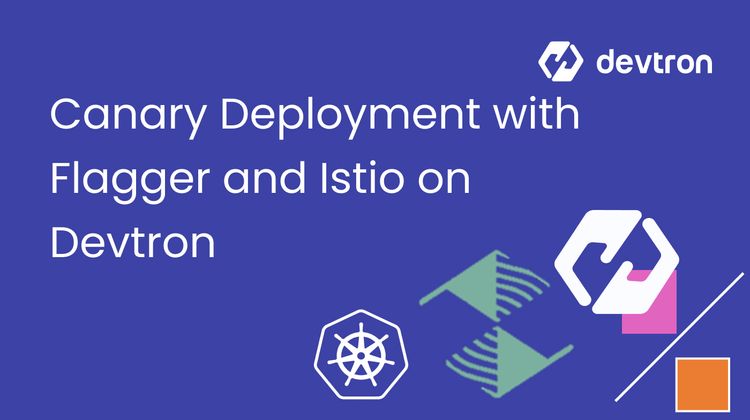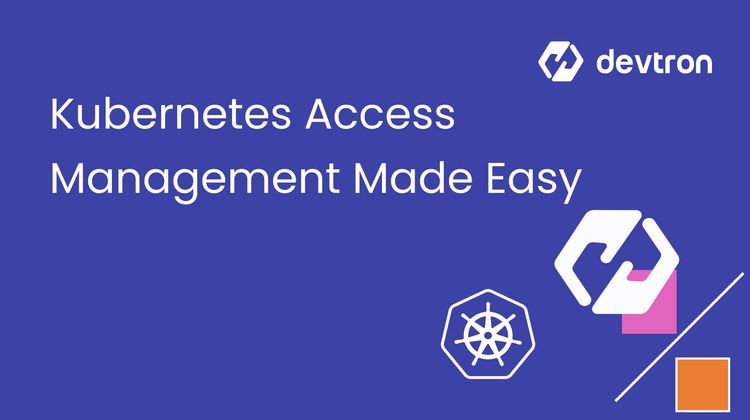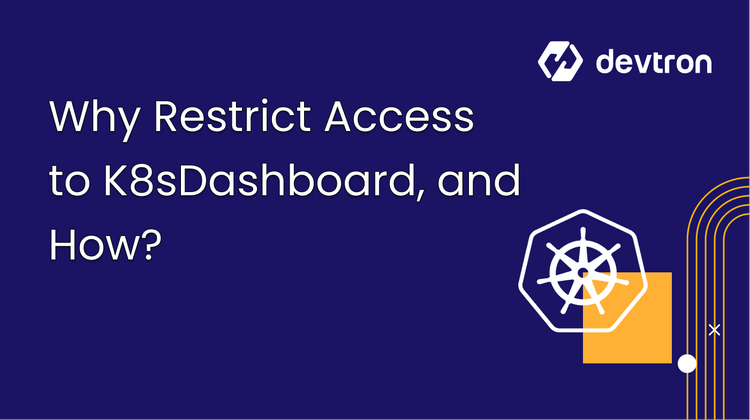TL;DR: SVN is an open source version control system with a centralised server. Building a continuous integration and deployment pipeline can be a bit hectic for SVN repos. This blogs cover the easiest possible solution for building a CI/CD pipeline for Kubernetes to deploy SVN apps.
Kubernetes
TL;DR: Building container images without Dockerfile and deploying on Kubernetes can help you accelerate your Kubernetes adoption journey. Buildpacks is one such tool that can help you easily containerise you applications and kickstart Kubernetes deployments with Devtron.
TL;DR: Time-based scaling in Kubernetes can be really helpful for predictable traffic and it can help you optimize costs, proactive planning and avoid workload overprovisioning in Kubernetes.
TL;DR: Users can deploy apps and progressively shift traffic to an already-deployed version or the new version or roll it out to a subset of users before rolling out fully with Flagger
TL;DR: Deploying 100s of applications manually would be time-consuming. You can set up one click deployment and builds through the use of Application groups.
TL;DR: Implement DevSecOps by integrating Trivy. Detect vulnerabilities early and enforce additional security policies.
TL;DR: Kubernetes enables the deployment, scaling, and management of containerized applications. However, managing the users on a large scale is a headache for DevOps and K8s system managers. Devtron provides easy access management on Kubernetes.
TL;DR: Ensuring VPN restriction for your K8s Dashboard can improve security and network segmentation. Check how it can be enabled for the Devtron Kubernetes Dashboard.










